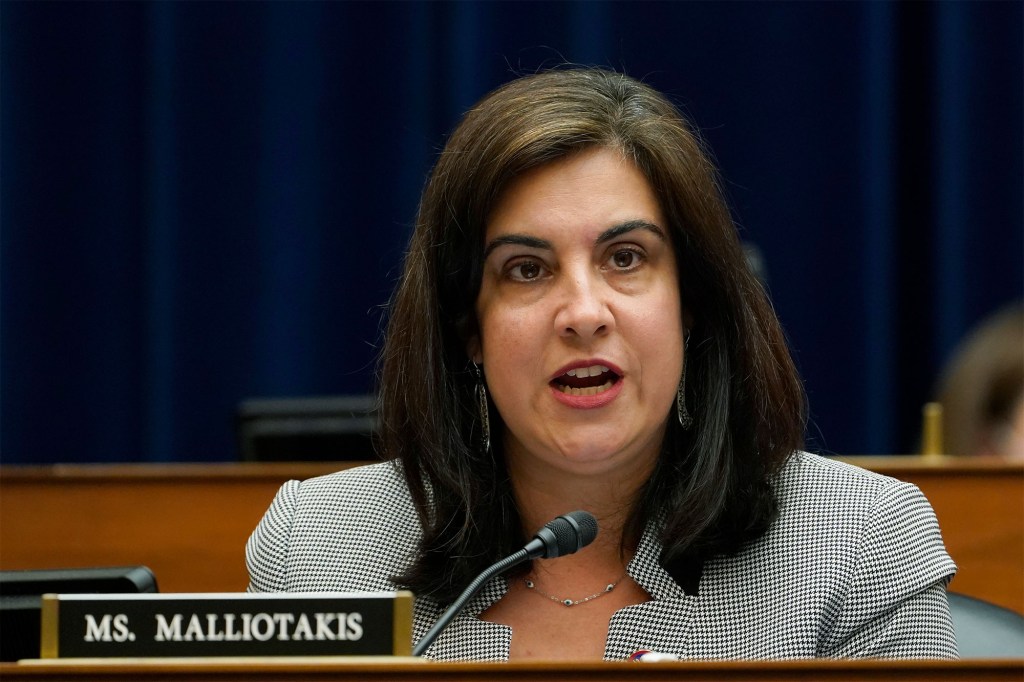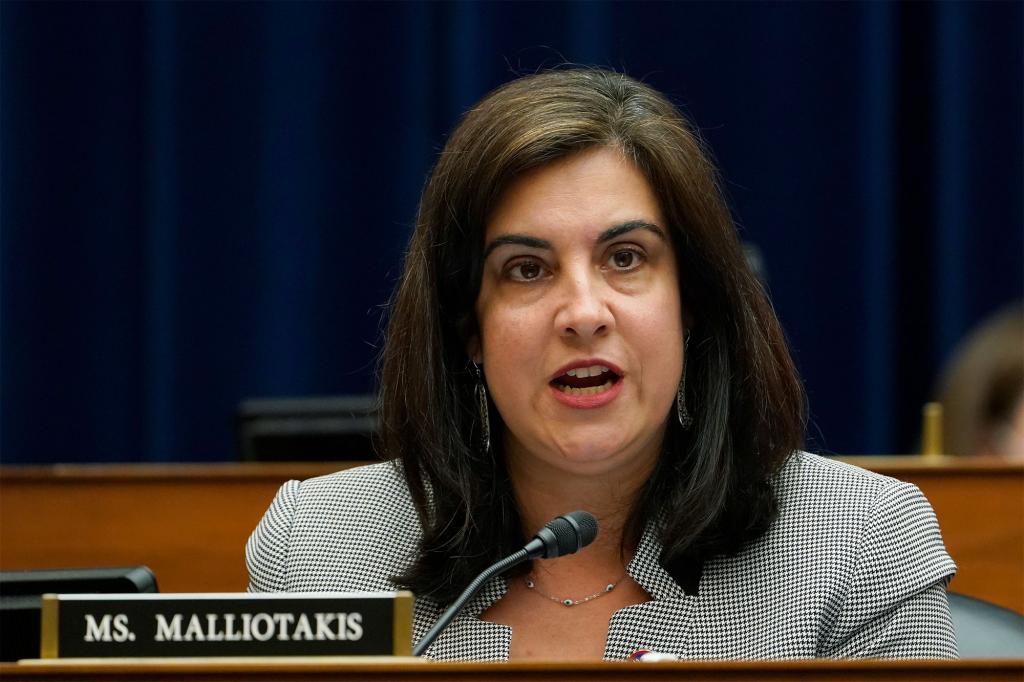Michael Gianaris, the powerful state Senate deputy majority leader, was against gerrymandering before he was for it.
The Democratic senator from Queens is being called out for a trail of comments he made a decade ago claiming he opposed gerrymandering of legislative maps to benefit a political party — when Republicans were in control.
In 2011, Gianaris complained about how Republicans who controlled the state Senate redrew the districts to benefit GOP candidates
But reformer Gianaris has changed his tune now that he and the Democrats control the state Senate and he approved redistricting plans that independent experts agree could greatly boost Democratic representation and cut GOP representation in Congress in half.
“Leg. district lines must not be drawn in a manipulated, partisan manner,” Gianaris railed in an Aug. 31, 2011 tweet.
In another tweet at the time he said, “#Gerrymandering throughout the state must be stopped.”
Gianaris also opined on Sept. 2, 2011, “The gamesmanship needs to stop when it comes to #redistricting.”
“The Governor must veto any district lines not drawn in a bipartisan manner,” Gianaris also huffed in an Aug. 24, 2011 tweet.
One redistrict expert rapped Gianaris’ change of position
“Senator Gianaris was right a decade ago and wrong today.” said Michael Li, senior counsel with the NYU Brennan Center for Social Justice.
“Just because the shoe is now on the other foot doesn’t change the fact that New Yorkers deserve fair maps and, in fact, voted for them when they changed the New York constitution in 2014.”
One of the targets of the Democrats’ gerrymandering is Rep. Nicole Malliotakis, the sole Republican from New York City serving in Congress, whose 11th District covers all of Staten Island and parts of conservative-minded southern Brooklyn.
Under the plan, Democrat Rep. Jerry Nadler’s 10th Congressional District would absorb conservative-leaning neighborhoods that border the island, including Dyker Heights and Bath Beach, that are now represented by Malliotakis. Critics call it the “Jerrymander.”
Meanwhile, Malliotakis’ 11th CD would gain the northern Brooklyn neighborhoods of Sunset Park, Gowanus and Park Slope — some of the most liberal in the borough — making it much harder for her to win re-election.
Malliotakis slammed Gianaris as a hypocrite.
“Senator Gianaris must have forgotten that it’s the voters who should be choosing their representatives, not the other way around. He and his fellow Democrats are ignoring the will of New Yorkers, who in 2014 and again this past November, voted by referendum for non-partisan districts.” she told The Post.
Gianaris defended his party’s actions.
“The maps are infinitely better than the maps that exist now. And in large part, the bulk of our work was in repairing damage that was done through these maps over the last several decades,” Gianaris said on Thursday after the legislative maps.
“The Republicans took the hammer to these lines over and over and over again, and we just had to fix it.” he said, referring to the state Senate districts.
He continued, “The GOP has no moral standing to question anyone for subverting democracy because they are at the top of that list, including people who refuse to recognize that presidential election results were proper. And so they should be the last people in line to question anyone’s moral authority about democratic principles.”
An eight-member “independent” redistricting panel was passed in a voter referendum in 2014. But the commission was split between four Democrats and four Republicans.
Because of partisan gridlock, the panel was unable to agree on redistricting plans. Under the law, the redrawing of the districts was then turned over to Democratic lawmakers who control the Assembly and Senate.








